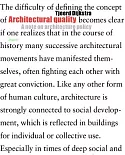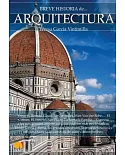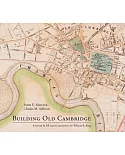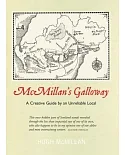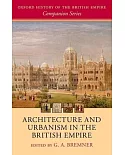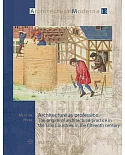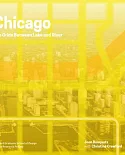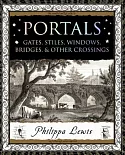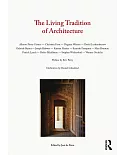The regions of Europe have an architectural heritage that is a thousand years old: today's challenge is to integrate this heritage into contemporary life in a sustainable way.
These changes have brought about the use of more and more innovative techniques, based on flexibility and reversibility, but the weight of materials, the time needed to implement these
programmes, financial constraints and cultural compartmentalisation have deferred many of these projects and left us with a museum heritage frozen in time and quite unrelated to the original
purpose of the buildings.
The rise of a new national or international style or the creation of innovative techniques does not necessarily damage the integrity of a place. Modern techniques and materials, such as glass
and steel, have a transparency, lightness, flexibility and reversibility that make them highly suitable for integrative undertakings.
The examples presented in this book all demonstrate a desire to be considered as local projects and to take their place in an evolutionary interpretation of history. After more than a century
of conflicting debate on the subject of rehabilitation, it seems that the aims expressed in the Charter of Venice have borne fruit by giving rise to quality and personalised buildings that
themselves are a contribution to this debate.



